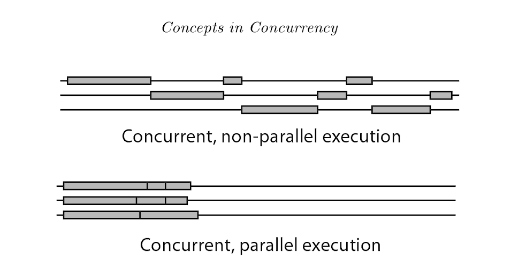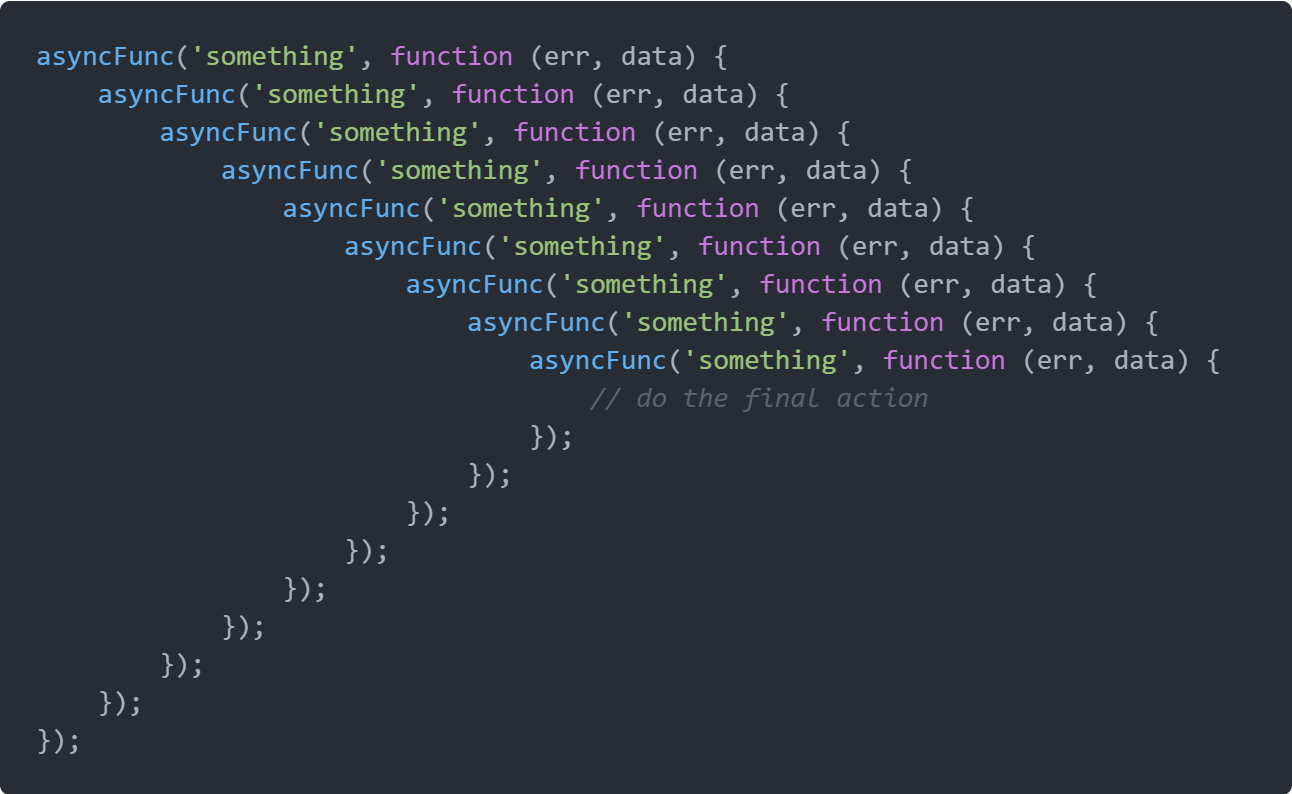Project loom is all about making concurrency easier (for developers) on the JVM. It is in experimental phase. Download the early access builds here
We can think of concurrency as interleaving of independent tasks.

In an HTTP server you can think of Request handling as an independent task. Requests are independent of each other but share the resources that are required to execute the task (CPU, IO etc).
- For a HTTP server the unit of concurrency is the request itself.
- For the underlying OS the unit of concurrency is the OS thread.
- Unit of concurrency in the JVM is
java.lang.Thread. We will refer to this as JVM Thread
An HTTP server (written with blocking IO), will allocate a JVM Thread to each incoming request from a pool of JVM Threads. The JVM Thread will execute your code sequentially.
Looking back at the differences in unit of concurrency: if we need to increase the throughput, i.e, the number of requests being handled at given point of time, then we need to increase the number of JVM Threads. Sounds reasonable. A million requests handled by a million JVM Threads.
The problem with scaling JVM Threads is that JVM Threads are just thin wrappers around OS threads. JVM Thread and OS Thread have a 1:1 mapping. So creating a JVM Thread creates an OS Thread. A few things to know about OS Threads:
- OS Threads are precious resources. Blocking a thread is is huge waste of this resource.
- Creating hundreds of thousands of OS threads is not possible.
- Switching between threads is expensive.
An example:
import scala.util.Try
type UserID = String
case class UserDetails(name: String, phone: String, age: Int)
case class UPIResponse(bankName: String, bankID: String,lastTransactionOn: java.time.Instant)
def fetchUserDetails(userId: UserID): Try[UserDetails] = ???
def fetchUPIDetails(phone: String): Try[UPIResponse] = ???
def isBankPaymentWorking(bankID: String): Try[Boolean] = ???
val userID: UserID = ???
///Here the JVM Thread is an OS Thread
val result: Try[Boolean] =
fetchUserDetails(userID) // JVM Thread is blocked
.flatMap(userDetails => fetchUPIDetails(userDetails.phone)) // JVM Thread is blocked
.flatMap(upiResponse => isBankPaymentWorking(upiResponse.bankID)) // JVM Thread is blocked
result match {
case Success(isPaymentWorking) => println(isPaymentWorking)
case Failure(e) => e.printStackTrace
}
If you look at the the methods fetchUserDetails fetchUPIDetails and isBankPaymentWorking you will notice that the thread is not doing any work there. It is just waiting. This IO is referred to as Blocking IO.
To combat the above problems asynchronous apis were introduced in the java.nio package. These go to great lengths to not block threads. The thread is returned to the thread pool (with a callback registered) for the duration of the blocking call (external API or database call). There is an interrupt triggered when response is made available from the external call and the callback is invoked on another thread from the thread pool.
- More efficient as we just made sure that we don't block any JVM threads (and in turn OS threads). They are all doing some work
- We can now handle more requests as opposed to from when we were blocking threads
- Async code is hard to reason about as a developer. Composing functions is not possible with callbacks. A lot of callbacks can lead to "Callback Hell"
- Loss of context. The thread carrying out the task prior to the IO call and the thread carrying out the task after the IO call are not guaranteed to be the same. A random thread from the thread pool is picked up and assigned to execute the callback code. As the unit of concurrency on the JVM is a JVM Thread, thread locals, exception stack traces are all bound to the thread.
To combat the problem of composibility, CompletableFuture was introduced into the JDK. A CompletableFuture<T> will result in value of type T or an error. You could now have lots of futures doing many computations without worrying about hogging the underlying thread pool because of it's async nature.
- Though futures solving the problem of composibility, they are still a library construct. That means they will go
viralin your code base. All your functions right from the handler to the database layer need to return futures. - They still don't solve the problem of
Loss of contextmentioned above. The exception stacktraces are not useful because the composed futures would all be computed on different threads.
The example below shows Future in Scala which existed before they were introduced in Java.
import scala.concurrent.Future
import scala.util.{Success, Failure}
type UserID = String
case class UserDetails(name: String, phone: String, age: Int)
case class UPIResponse(bankName: String, bankID: String, lastTransactionOn: java.time.Instant)
def fetchUserDetails(userId: UserID): Future[UserDetails] = ???
def fetchUPIDetails(phone: String): Future[UPIResponse] = ???
def isBankPaymentWorking(bankID: String): Future[Boolean] = ???
val userID: UserID = ???
/*
The 3 API calls are sequential but they are not guaranteed to run on the same underlying OS thread.
*/
fetchUserDetails(userID)
.flatMap(userDetails => fetchUPIDetails(userDetails.phone))
.flatMap(upiResponse => isBankPaymentWorking(upiResponse.bankID))
.onComplete {
case Success(isWorking) => println(s"The bank's payment is working? $isWorking")
case Failure(e) => e.printStackTrace
}
Project loom brings in green threads to the JVM. These green threads are called virtual threads. They DO NOT map 1:1 to the OS Threads. So, a programmer is free to create as many virtual threads as they want. We will refer to these threads as Virtual Threads.
Virtual Threads now become the new unit of concurrency in JVM. The developer need not worry about the underlying OS threads. A few things about Virtual Threads:
- Creating and blocking virtual threads is cheap
- This is because they do not map 1:1 to OS Threads
- JVM can support millions of virtual threads, allowing you to map the unit of concurrency of the application domain to the unit of concurrency in the runtime.
- Allows you to write non-blocking code in the blocking style which preserves readability. The "async" part is just an implementation detail.
At the time of writing this readme, the latest jdk version was jdk-17.
The file ThreadDemo.java spins up 25,000 threads.
<path>/jdk-17.jdk/Contents/Home/bin/javac ThreadDemo.java
<path>/jdk-17.jdk/Contents/Home/bin/java ThreadDemo
This most likely will throw a java.lang.OutOfMemoryError saying that it is unable to create a native thread.
The file VirtualThreadDemo.java spins up a million Virtual Threads and the JVM exits smoothly.
<path>/jdk-17.jdk/Contents/Home/bin/javac VirtualThreadDemo.java
<path>/jdk-17.jdk/Contents/Home/bin/java VirtualThreadDemo
